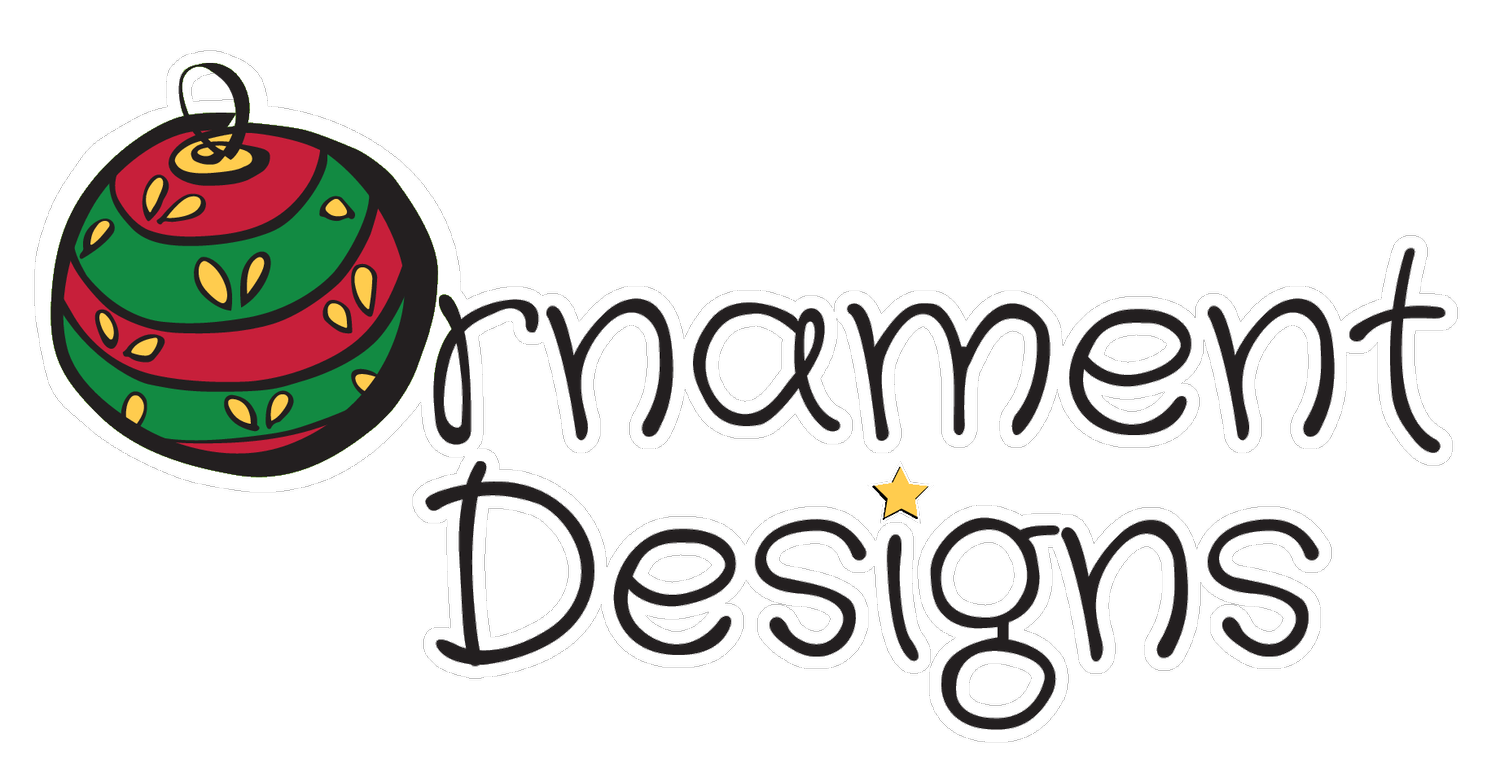Ribbon Revelry: A Comprehensive Guide to Choosing the Perfect Ribbons for Your Ornament Project
One of the most essential elements in ornament-making is the ribbon used for wraps, bows, and hangers. Choosing the best ribbon for your project can be overwhelming, with many types to choose from. If you are new to the crafting world, I highly recommend visiting your local craft store and checking out all the ribbons in person. There is no substitute for seeing and feeling the material.
However, if you prefer to shop online for your ribbon, you’ll need to know the specifics of each type to find exactly what you want. I’ve compiled a list of the most common types used in ornament making.
Grosgrain
It has a ribbed texture, is durable, and holds its shape well. Great for bows, wraps, and hanging ribbons.
Satin
Comes in single-faced or double-faced. Single-faced satin ribbon is smooth and shiny on one side and matte on the other. Double-faced is glossy on both sides. This is my favorite ribbon type; you will see it in most of my bows and hanging ribbons.
Organza
It‘s sheer and lightweight with a shiny finish. It is best used in combination with satin or grosgrain for bows. I don’t recommend it for hanging ribbons, as the threads will pull and distort with the weight of the ornament.
Velvet
It has a soft, plush texture and a luxurious appearance. It’s excellent for trims but can be challenging to use for bows and hanging ribbons, depending on the thickness. It also quickly picks up lint and dust, so it’s not the best trim for ornaments displayed all year round.
Jacquard
It has intricate patterns woven into the fabric using a special loom. They come in various designs and may include metallic threads. It is fantastic for wraps but may not hold its shape well enough for use in a bow.
Ric Rac
It has a zigzag or wavy pattern along the edges and is an attractive design element.
Wire-edged
Often used in gift wraps and wreaths, it has a thin wire along the edges, allowing it to hold its shape when manipulated. Great for making wide bows.
Lace
It has intricate openwork patterns created by intertwining, looping, or twisting threads. It is good for wraps but may not hold its shape well enough for use in a bow.
Printed
Features various designs, patterns, or images on a satin, grosgrain, or organza ribbon base.
Metallic
I highly recommend adding woven metallic ribbons in gold and silver to your stash. It’s incredibly versatile and adds elegance and shine to any project.
Not recommended for ornament-making.
Picot Edge
Small, decorative loops along the edges create a scalloped or picot effect. It’s lovely in lingerie and baby clothing but unsuitable for tree ornaments, especially for top bows and hanging ribbons. In my experience, the loops will snag very easily.
If you decide to use Picot edge ribbon, you should handle and store it carefully to avoid pulling the delicate loops.
Speaking of hanging ribbons, I highly recommend heat sealing the ends of your ribbon to prevent fraying. Your ribbon must be polyester or nylon, which will not work with natural fibers. Hold your ribbon very close to the flame, but not touching the flame for about a second. You will see the end melt slightly. Be careful not to let your ribbon catch fire or to touch your finger to the melted end until it cools.
Of course, there are many more types of ribbon; these are just the most common ones I’ve used over the years. Did I miss anything? What’s your favorite ribbon? Leave a comment and let us know.











